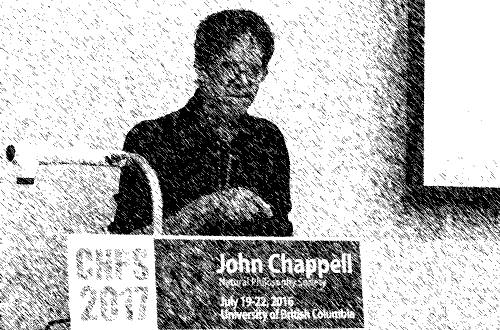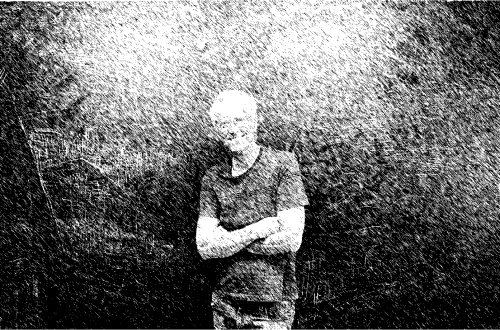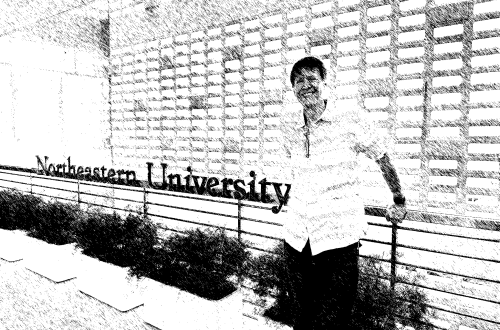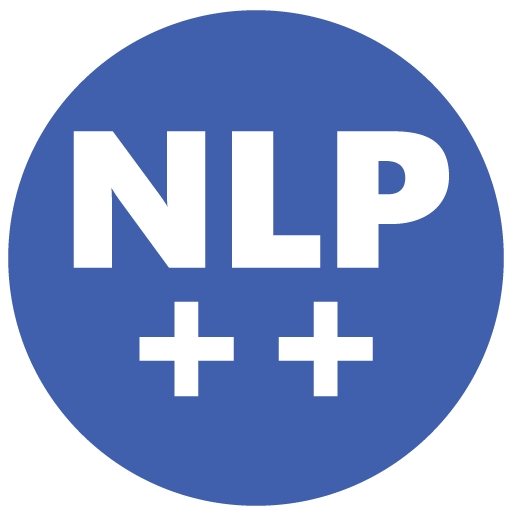
David de Hilster is a computer scientist in the area of artificial intelligence and natural language processing (NLP). David holds a Bachelor’s degree in Mathematics and a Master’s degree in Linguistics, both from Ohio State University and has been working in industry as a computer scientist for four decades in the areas of artificial intelligence, online gaming, and supercomputers.
Ohio
While de Hilster was studying for his master in linguistics, he worked at Battelle Memorial Institute, a world-reknown research institute, eventually landing a job in natural language processing at that same company after graduation, working on a natural language interface to databases. There, de Hilster developed “NLQ”, a natural language interface to databases written in C++ that eventually won an award for the work done at the company.
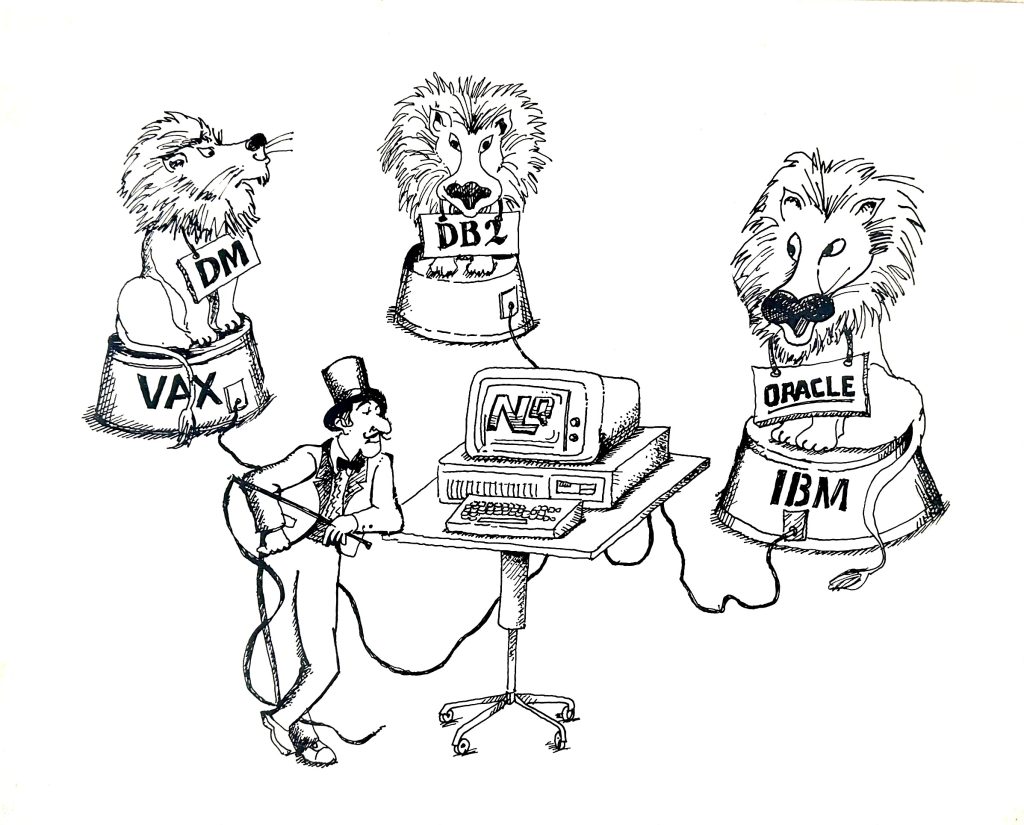
Brazil
In 1987, de Hilster moved to Rio de Janeiro where he landed a job in natural language processing, securing a working visa because of his NLP specialization being not found in Brazil at the time. He was hired by Dr. Emmanuel Passos of the Military Institute in Rio de Janeiro, where de Hilster gave a talk on NLP. He continued his work on creating natural language interfaces to databases, this time in Portuguese using the AI language “LISP” where he created an interface to a database about the best soccer players in the world cup. He also wrote a series of articles on Artificial intelligence in the late 1980s for PC Mundo (World) of Brazil and appeared on television demoing his natural language interface to the soccer database.
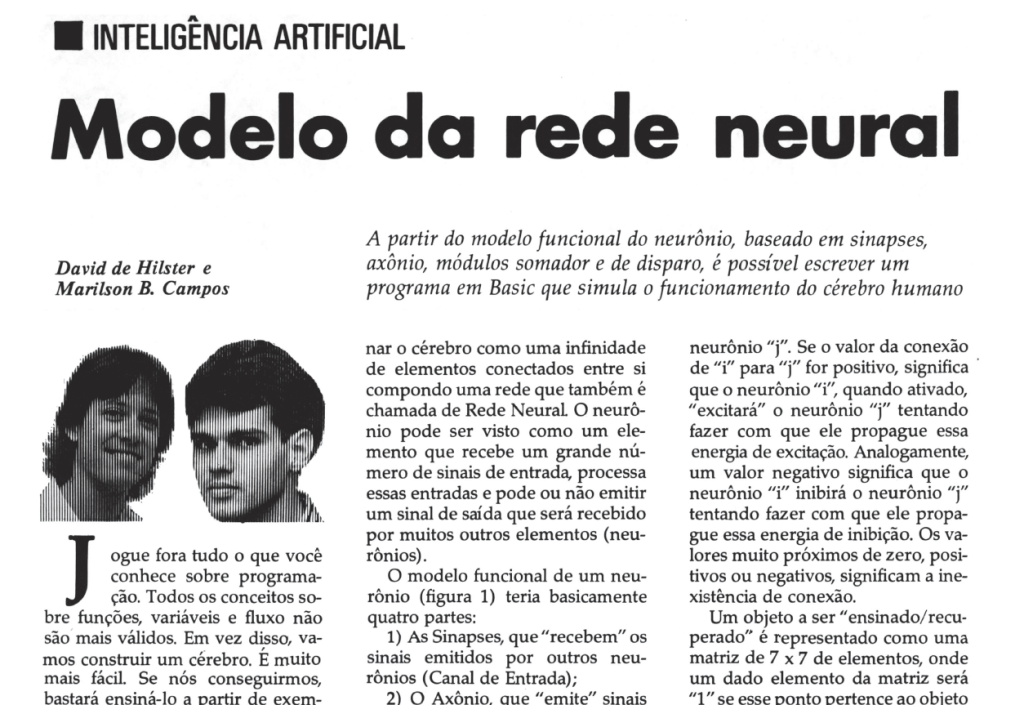
California
In 1990, after marrying his current wife Doris in Brazil, de Hilster moved back to the United States and landed a job at McDonnell Douglas in their artificial intelligence group to help Amnon Meyers convert a natural language processing system to the computer language C++. There, de Hilster participated with Amnon Meyers in the Message Understanding Conferences (MUC) put on by DARPA where the best minds in the United States got together to test computer systems to read and extract information from newspaper articles. The pair placed fourth in the competition with only man-months of work compared to man-years spent by other companies. Eventually this work would end up in their new programming language NLP++ in the late 1990s.
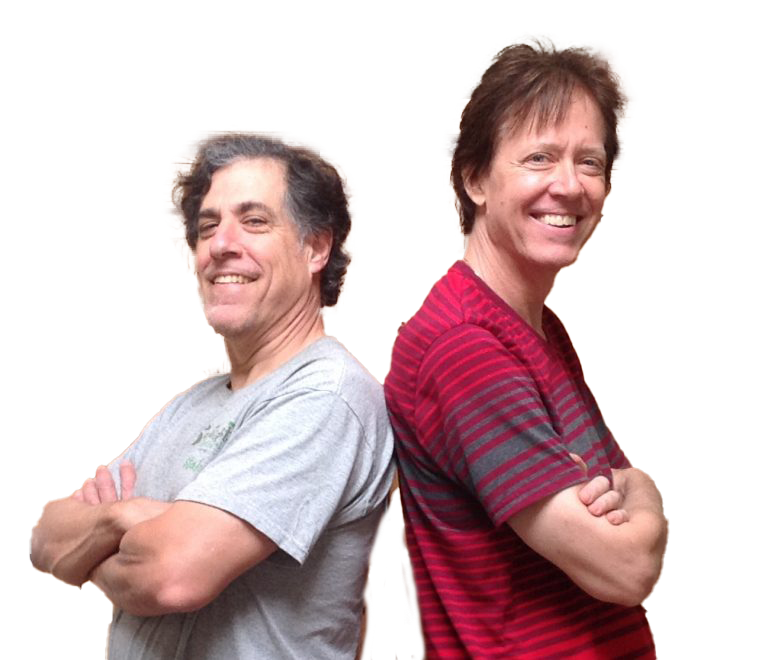
Meyers and de Hilster later moved to the artificial intelligence group at TRW in Space Park in Redondo Beach California where de Hilster continued to work on natural language systems. One of those people who saw de Hilster’s NLP work was inspired to start a resume processing company which eventually lured de Hilster away to build a new resume processing system using C++ and de Hilster’s own rule-based systems. The resume system processed up to 8000 resumes a day.
Co-Authoring a New AI Programming Language
In 1998, while working at this company, de Hilster was lured away again, this time to join forces with Amnon Meyers who had started a new natural language processing company called Text Analysis International (TAI) with funding from friends and family. There, de Hilster and Meyers created the computer programming language NLP++, VisualText, which also included Amnon’s conceptual grammar. This natural language processing development environment came from their collaborative work the decade before.
TAI eventually launched its technology in the early 2000s during the dot com crash which severely limited its market. Even with the limited market, the technology did find success in the first decade of the 2000s with companies like IBM in the UK and NASDAQ using the technology. In 2013, TAI eventually launched the NLP Cloud using the NLP++ technology and had a number of customers. During the 2000s, David landed several jobs including one at an online gaming company, a healthcare company, and a nutrition company while still working with TAI when needed.
De Hilster eventually got a job at LexisNexis where he became part of the HPCC Supercomputing Platform where he developed the NLP++ technology further creating the NLP Engine and the NLP++ extension for VSCode. De Hilster also was mentor to a half a dozen student interns who built NLP++ analyzers for Nepali, Tamil, resumes, and two sentiment analyzers to name a few. In 2024, the first computer science master’s degree using the technology was completed using NLP++ to process medical text. De Hilster also developed an NLP++ plugin for the HPCC Systems Supercomputing platform.
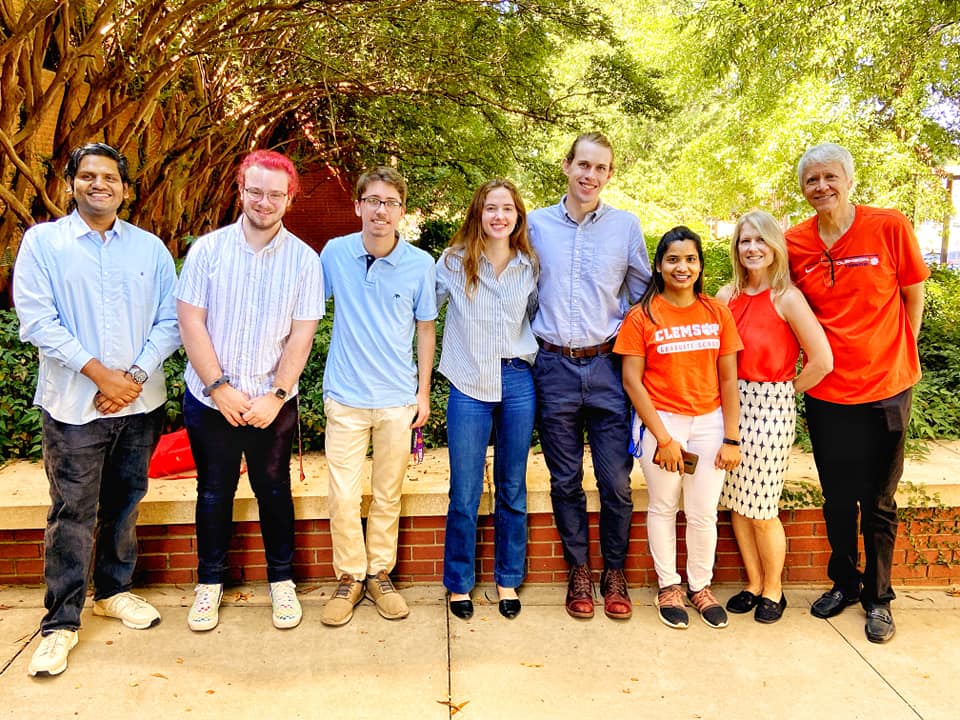
De Hilster has given lectures on NLP++ at several universities including Clemson, the University of Central Oklahoma, and RVCE University in India. De Hilster is the chair of the Natural Language Understanding Global Initiative whose goal is to pass linguistic and world knowledge to computers.
Professor de Hilster and Textbook
In January of 2025, de Hilster joined Northeastern University as an adjunct professor teaching database management to master’s students at the Miami campus. David was hired for his extensive industry experience in NLP and is working on several papers on NLP.
David is currently writing a textbook with Amnon on NLP++ and is heading up a group to create the “NLP Blockchain” based on the NLP++ technology.
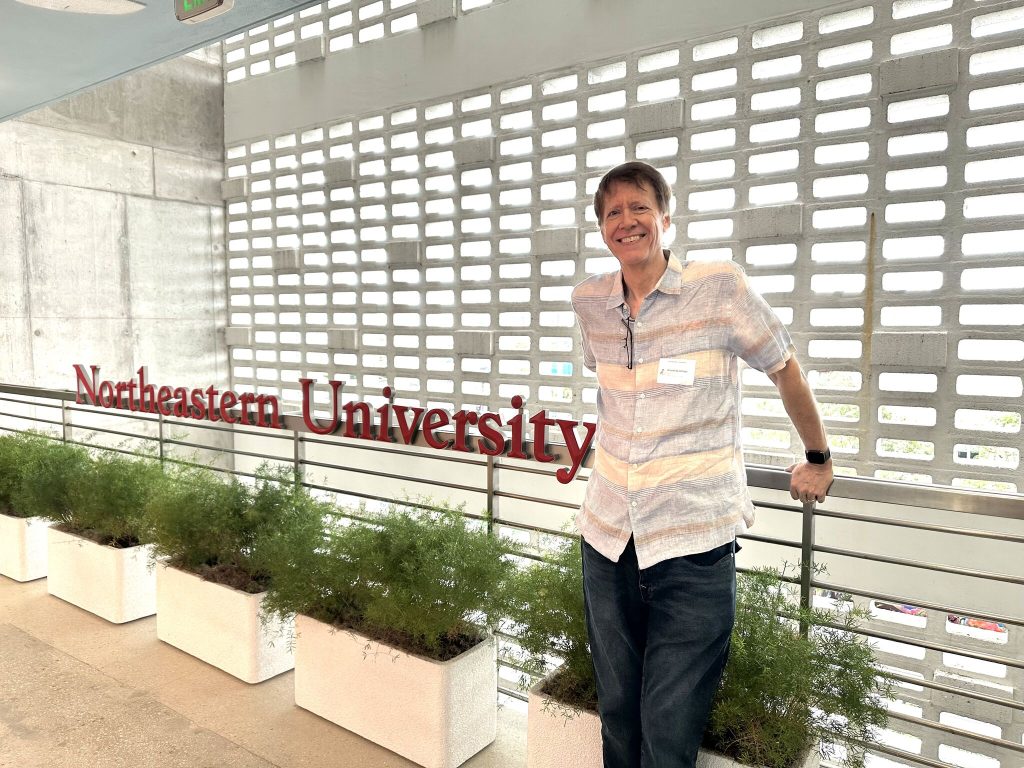
![]()

